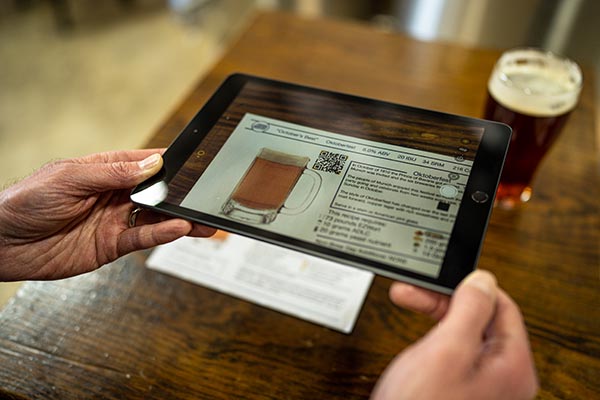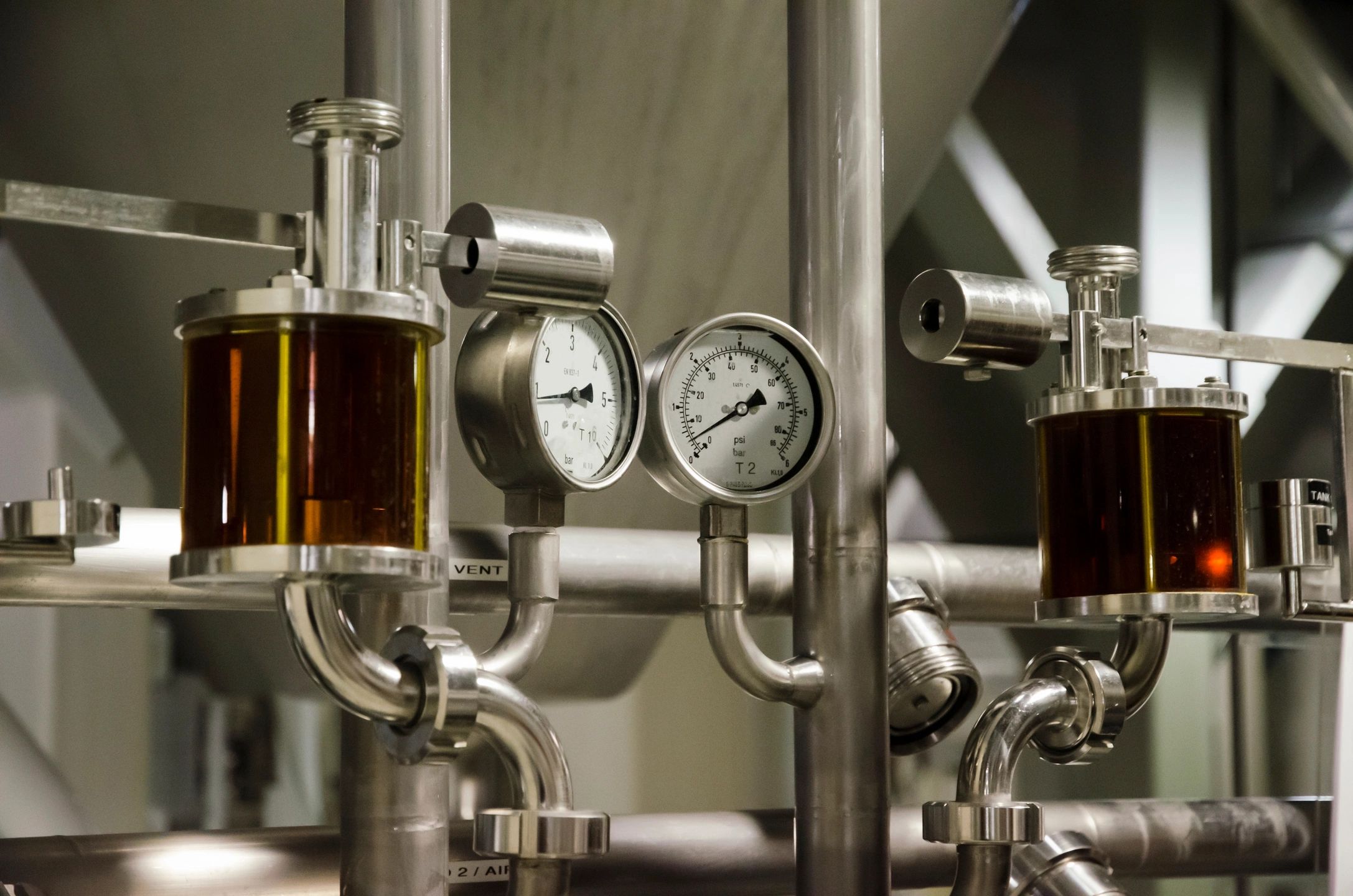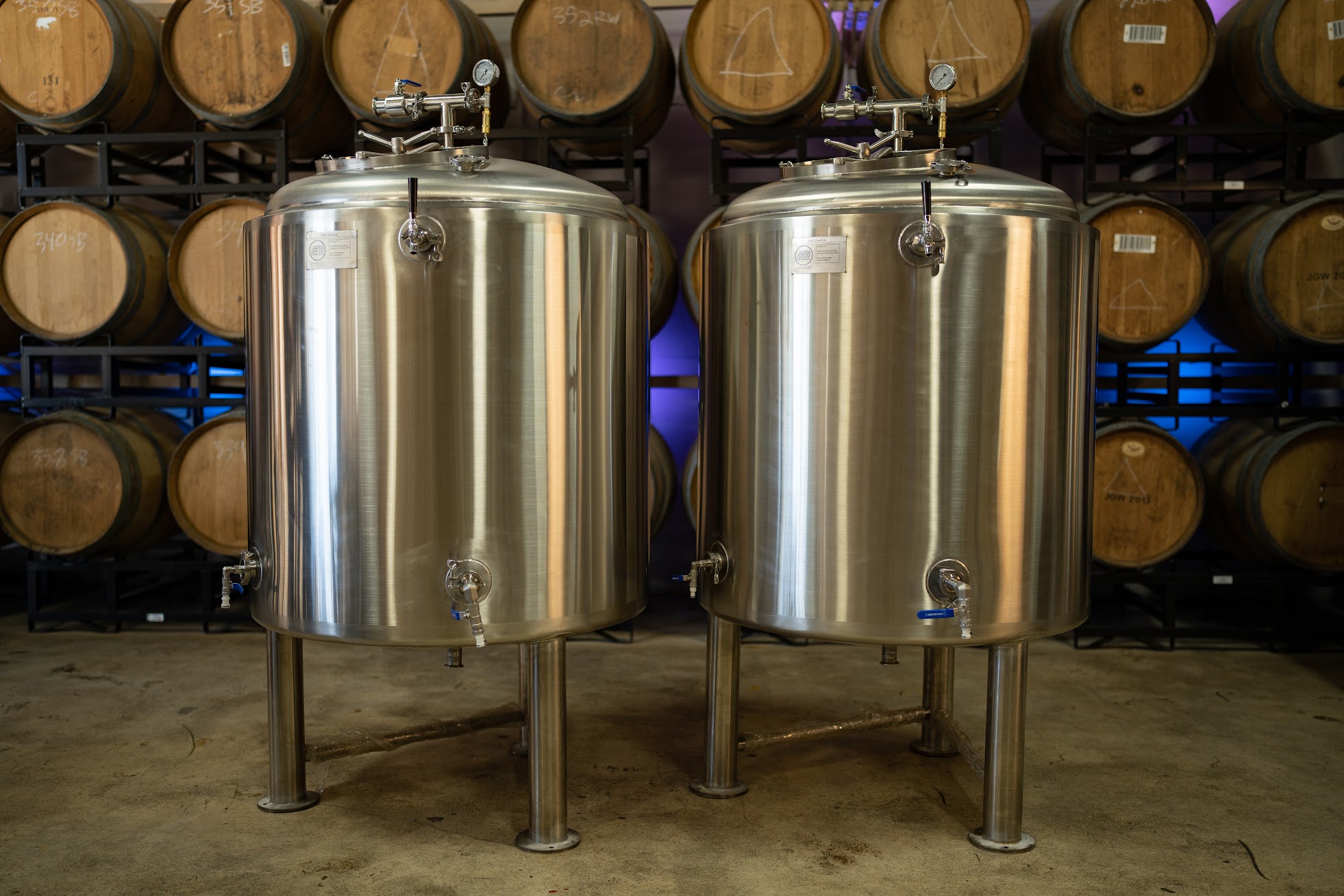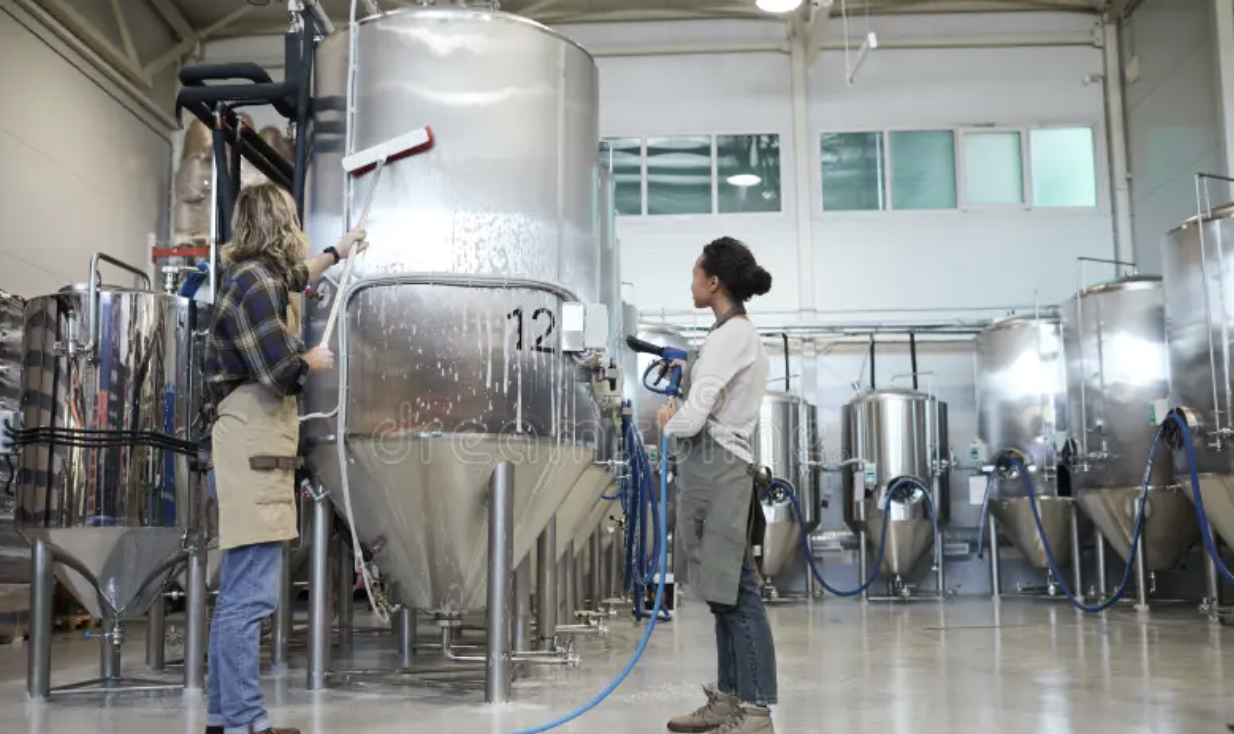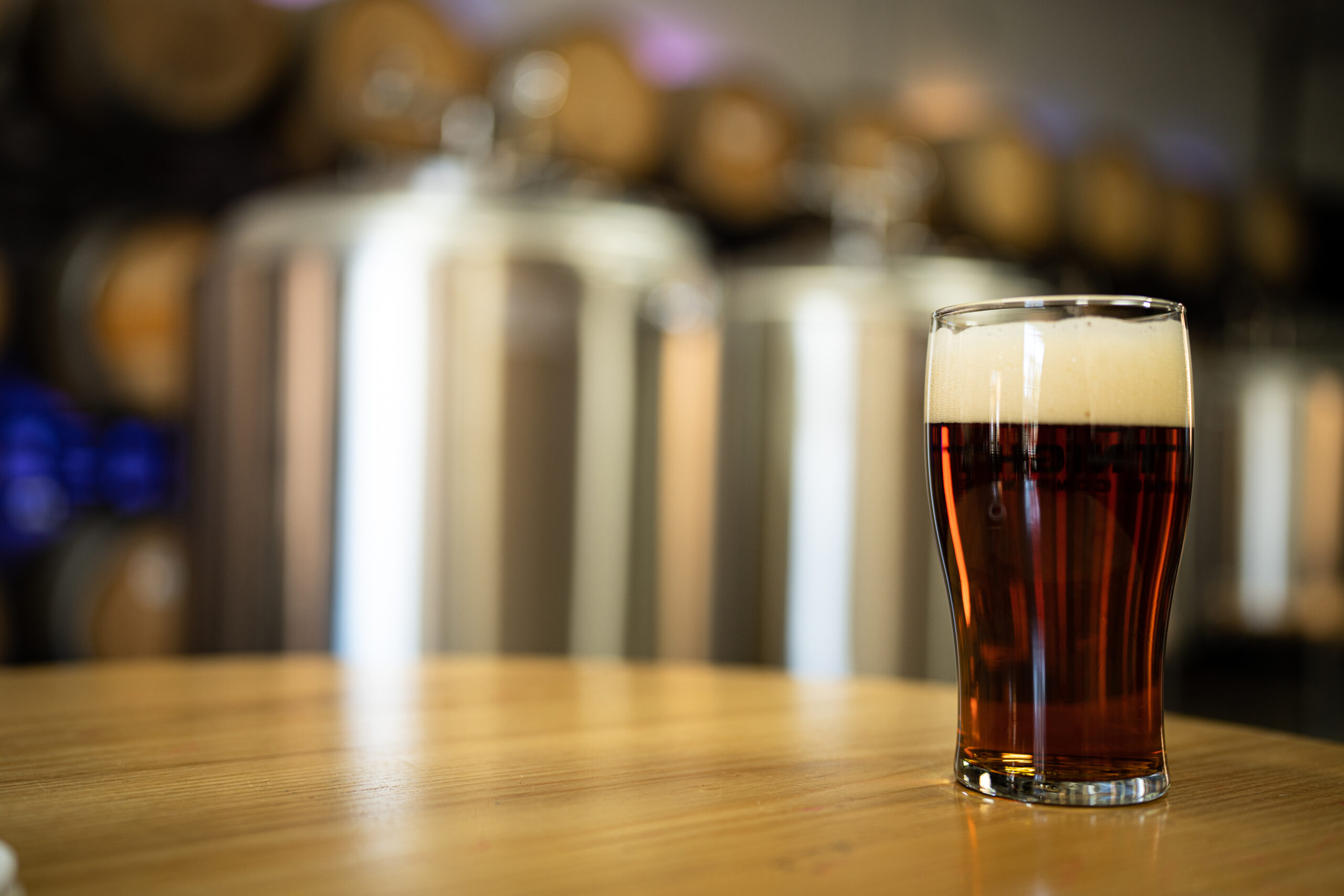Introduction:
We speak with several restaurants every day and we are always shocked by the number of operators who don’t know their numbers. Running a successful restaurant is no small feat. It requires careful planning, efficient operations, and a deep understanding of your business’s performance. To effectively manage and grow your restaurant, you need to track and analyze key performance indicators (KPIs). KPIs provide valuable insights into various aspects of your business, allowing you to make informed decisions and drive improvements. In this blog post, we will explore the most important KPIs for a restaurant and discuss how they can help you achieve your goals.
1. Sales and Revenue Metrics:
Sales and revenue are the lifeblood of any restaurant. Monitoring these KPIs will help you understand the financial health of your business and identify areas for improvement. Key metrics to track include:
a) Total Sales: This metric provides an overall snapshot of your restaurant’s performance. By comparing sales figures over different time periods, you can identify trends and seasonal variations.
b) Average Check: Calculating the average amount spent per customer can help you evaluate the effectiveness of your menu pricing and upselling strategies.
c) Sales by Category: Analyzing sales by food and beverage categories can reveal popular items, allowing you to optimize your menu and focus on high-margin items.
2. Table Turnover and Occupancy:
Efficiently managing your restaurant’s seating capacity is crucial for maximizing revenue. Tracking the following KPIs will help you optimize table turnover and occupancy rates:
a) Table Turnover Time: This metric measures how quickly you can serve customers and turn over tables. Minimizing wait times and optimizing table utilization can increase revenue.
b) Occupancy Rate: Calculating the percentage of occupied tables during peak hours will help you determine whether you need to adjust staffing levels or seating arrangements.
3. Customer Satisfaction:
Customer satisfaction is paramount in the restaurant industry. Happy customers are more likely to become loyal patrons and recommend your establishment to others. Key metrics for measuring customer satisfaction include:
a) Online Reviews and Ratings: Monitor review platforms such as Google, Yelp, or TripAdvisor to gauge customer feedback. Positive reviews and high ratings indicate satisfied customers, while negative reviews highlight areas that need improvement.
b) Net Promoter Score (NPS): This metric measures customer loyalty by asking customers how likely they are to recommend your restaurant to others. A high NPS score indicates satisfied customers who will help drive word-of-mouth marketing.
4. Food and Beverage Cost:
Monitoring your food and beverage costs is essential to maintain profitability. Key metrics in this area include:
a) Food Cost Percentage: Calculate the cost of ingredients used in menu items as a percentage of the menu price. Monitoring this metric allows you to identify any cost fluctuations or inefficiencies in your kitchen.
b) Beverage Cost Percentage: Similar to food cost percentage, this metric measures the cost of beverages as a percentage of their selling price. Efficient inventory management and pricing strategies can help you optimize beverage costs.
5. Employee Performance:
Your staff plays a vital role in the success of your restaurant. Tracking these KPIs will help you evaluate employee performance and make data-driven decisions:
a) Labor Cost Percentage: Analyze labor costs as a percentage of sales to ensure they remain within a reasonable range. This metric helps identify any staffing inefficiencies or excessive labor expenses.
b) Employee Turnover Rate: High turnover can be costly and disruptive. Monitoring employee turnover allows you to identify underlying issues and implement strategies to improve employee retention.
Note: The examples provided in the chart are fictional and should be adjusted based on the specific goals and circumstances of your restaurant.
| Key Performance Indicator (KPI) | Target KPI Examples | Bad KPI Examples |
|---|---|---|
| Sales and Revenue Metrics | Total Sales Growth: 15% YoY | Declining Sales: -10% YoY |
| Average Check Increase: 12% | Decreasing Average Check: -8% | |
| Sales by High-Margin Items: 40% | Declining Sales by Categories: -20% | |
| Table Turnover and Occupancy | Table Turnover Time: 45 minutes | High Table Turnover Time: 75 minutes |
| Occupancy Rate during Peak Hours: 85% | Low Occupancy Rate during Peak Hours: 60% | |
| Customer Satisfaction | High Online Ratings: 4.8/5 | Low Online Ratings: 2.5/5 |
| Positive Customer Reviews: 95% | Negative Customer Reviews: 20% | |
| Net Promoter Score (NPS): 9 (out of 10) | Net Promoter Score (NPS): 3 (out of 10) | |
| Food and Beverage Cost | Food Cost Percentage: 30% | High Food Cost Percentage: 45% |
| Beverage Cost Percentage: 20% | Increasing Beverage Cost Percentage: 30% | |
| Employee Performance | Labor Cost Percentage: 25% | Excessive Labor Cost Percentage: 40% |
| Low Employee Turnover Rate: 15% | High Employee Turnover Rate: 35% |
Conclusion:
Tracking the right KPIs is essential for the success of any restaurant. By monitoring sales and revenue metrics, table turnover, customer satisfaction, food and beverage costs, and employee performance, you can gain valuable insights into your business operations and make informed decisions. Regularly analyzing these KPIs will enable you to identify areas of improvement


